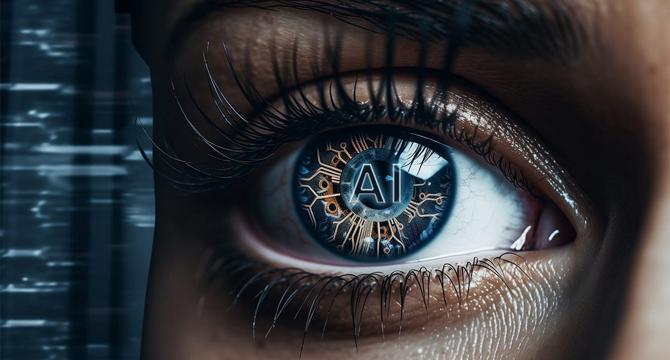Medium
2d
59

Image Credit: Medium
AI and the Human Eye: Bridging the Gap Between Biological and Artificial Vision
- The quest to create machines that can truly “see” has become one of the most fascinating frontiers in AI research, aiming to replicate the intricate processes of human vision while lacking the nuanced understanding that comes naturally to humans.
- Human vision is a masterpiece of biological engineering, involving a complex journey of light through the eye's optical machinery to the retina's photoreceptors and ultimately constructed in the brain's visual cortex.
- Recent studies reveal that the human brain employs predictive coding, generating constant predictions about the visual world, unlike AI systems that heavily rely on bottom-up processing without contextual predictions.
- The comparison between human and AI vision highlights the depth of processing and understanding inherent in human vision, including emotional aspects, contextual awareness, and cognitive integration.
- Computer vision has evolved from hand-engineered features to deep learning breakthroughs, such as Vision Transformers and Edge AI, enabling real-time decision-making and bridging the gap between physical and digital realms.
- Challenges for computer vision include handling complex real-world environments, cultural contexts, and the integration of multiple sensory inputs to match the seamless integration of human vision.
- Concerns arise around mass monitoring, privacy invasion, biased datasets, and the need for AI systems to align with human values through techniques like Reinforcement Learning from Human Feedback.
- The convergence of human and artificial vision aims to create a future where the two complement each other, combining tireless precision with holistic judgment to expand what humans and machines can achieve together in perceiving and understanding the visual world.
- The ultimate goal is not to replicate human vision but to develop a new way of seeing that incorporates the strengths of both biological and artificial systems, creating partners that can genuinely perceive and comprehend the visual world.
Read Full Article
3 Likes
For uninterrupted reading, download the app